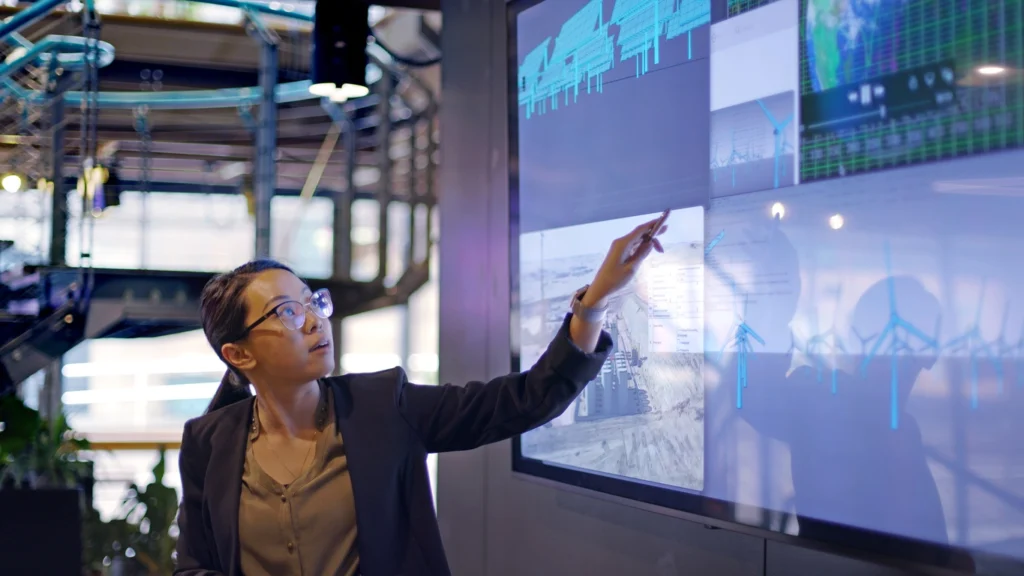Transaction Screen Assessments (TSA) are streamlined investigations into a property’s potential environmental risks. They offer a cost-effective, preliminary look at the possibilities of contamination or past hazardous activities.
TSAs play a critical role in environmental due diligence for real estate transactions, providing an initial, time-sensitive evaluation of environmental liabilities attached to a property. This assessment helps buyers and lenders make informed decisions.

When is a TSA advisable?
TSAs are particularly valuable for properties considered low-risk, such as undeveloped land or those with a primarily residential history. They are also ideal when time or budget constraints require a faster, less expensive alternative to a full Phase I ESA. It’s important to note that TSAs offer a preliminary assessment; a Phase I ESA provides a more comprehensive analysis.
The Transaction Screen Process
Records Review
The core of a TSA is a thorough review of records. Environmental professionals scrutinize historical land use, aerial photographs, regulatory permits, and environmental databases to identify any past activities that could raise environmental concerns. Public records searches can also reveal important details about past ownership and site usage.
Site Visit (Optional)
While not always included in a TSA, a site visit may be conducted if deemed necessary. This visit allows for a visual inspection, potentially identifying signs of environmental concern like unusual staining, chemical storage, or waste disposal areas.
Limitations of a Transaction Screen Assessment
Limited Scope
A TSA focuses on readily available records and may include a site visit. However, it lacks the in-depth research, interviews, and extensive on-site evaluations of a full Phase I ESA.
Potential for Overlooked Concerns
TSAs might miss environmental concerns that aren’t well-documented or visually obvious during a site visit. This could include subsurface contamination, historical hazards not evident in records, or improperly managed chemicals.
Not a Substitute for Phase I ESA in High-Risk Situations
For properties with a history of industrial use, known contamination issues, or those under strict regulatory requirements, a TSA might not be sufficient. A Phase I ESA provides the necessary depth for these scenarios.

Benefits of a Transaction Screen Assessment
Cost-Effectiveness
TSAs offer a significantly more affordable approach to environmental due diligence compared to Phase I ESAs, making them a viable option when budget is a primary concern.
Time Efficiency
TSAs are typically completed much faster than full Phase I ESAs, providing quick insights for timely decision-making. This speed is especially beneficial when facing transaction deadlines.
Risk Identification
Even with limitations, a TSA can be highly effective in identifying major environmental red flags. This knowledge empowers buyers and lenders to make more informed choices, potentially avoiding costly surprises.
Appropriate for Low-Risk Properties
For properties like undeveloped land or those with residential histories, a TSA often provides sufficient information to confidently assess the level of environmental risk.

Transaction Screen Assessments: Your First Step in Environmental Due Diligence
Transaction Screen Assessments (TSAs) serve as a valuable initial step in the environmental due diligence process, particularly for low-risk properties and transactions constrained by time or budget. By providing a cost-effective and timely assessment of potential environmental concerns, TSAs help buyers, lenders, and other stakeholders make informed decisions about real estate deals.
It’s important to remember that TSAs have limitations compared to comprehensive Phase I ESAs. For higher-risk properties or situations requiring in-depth analysis, a Phase I ESA remains the most prudent choice.
If you’re considering acquiring a property, consulting with a qualified environmental professional is essential. They can advise you on the most appropriate assessment for your needs, whether that’s a TSA, a Phase I ESA, or a combination of approaches. By thoroughly understanding the potential environmental risks, you can move forward with confidence and minimize surprises in your real estate transactions.
Frequently Asked Questions About Transaction Screen Assessments
Can a TSA uncover environmental issues from a neighboring property?
Sometimes, but not always. A TSA will include a review of regulatory databases that may indicate past contamination on adjacent sites. However, if the neighboring property hasn’t been investigated or reported to regulatory agencies, the TSA might not capture potential concerns stemming from it. A visual site inspection, if included, could reveal some signs of off-site contamination impact, but more investigation might be needed.
How long does a TSA typically take?
The timeframe for a TSA can vary, but they are generally completed much faster than a Phase I ESA. Many TSAs are finalized within a few days to a week. Factors affecting the timeframe include the size and complexity of the property, the availability of records, and whether a site visit is included.
Do TSAs meet any specific lender requirements?
While some lenders might accept TSAs for lower-risk transactions, others may have stricter requirements and insist on a full Phase I ESA. It’s essential to consult with your lender early in the process to determine their specific environmental due diligence standards.
Can a TSA be upgraded to a Phase I ESA later?
Yes, in some cases. If a TSA raises concerns or if the transaction changes, it might be possible to expand the TSA into a full Phase I ESA. The environmental consultant can leverage the work already completed for the TSA, potentially streamlining the Phase I process.
What happens if a TSA identifies potential environmental risks?
A TSA revealing environmental red flags doesn’t necessarily mean the transaction can’t proceed. The next steps depend on the nature of the risk. Further investigation, like a Phase II ESA to analyze soil or groundwater, may be recommended. Alternatively, negotiations with the seller regarding cleanup responsibilities, price adjustments, or risk mitigation strategies might be necessary.











